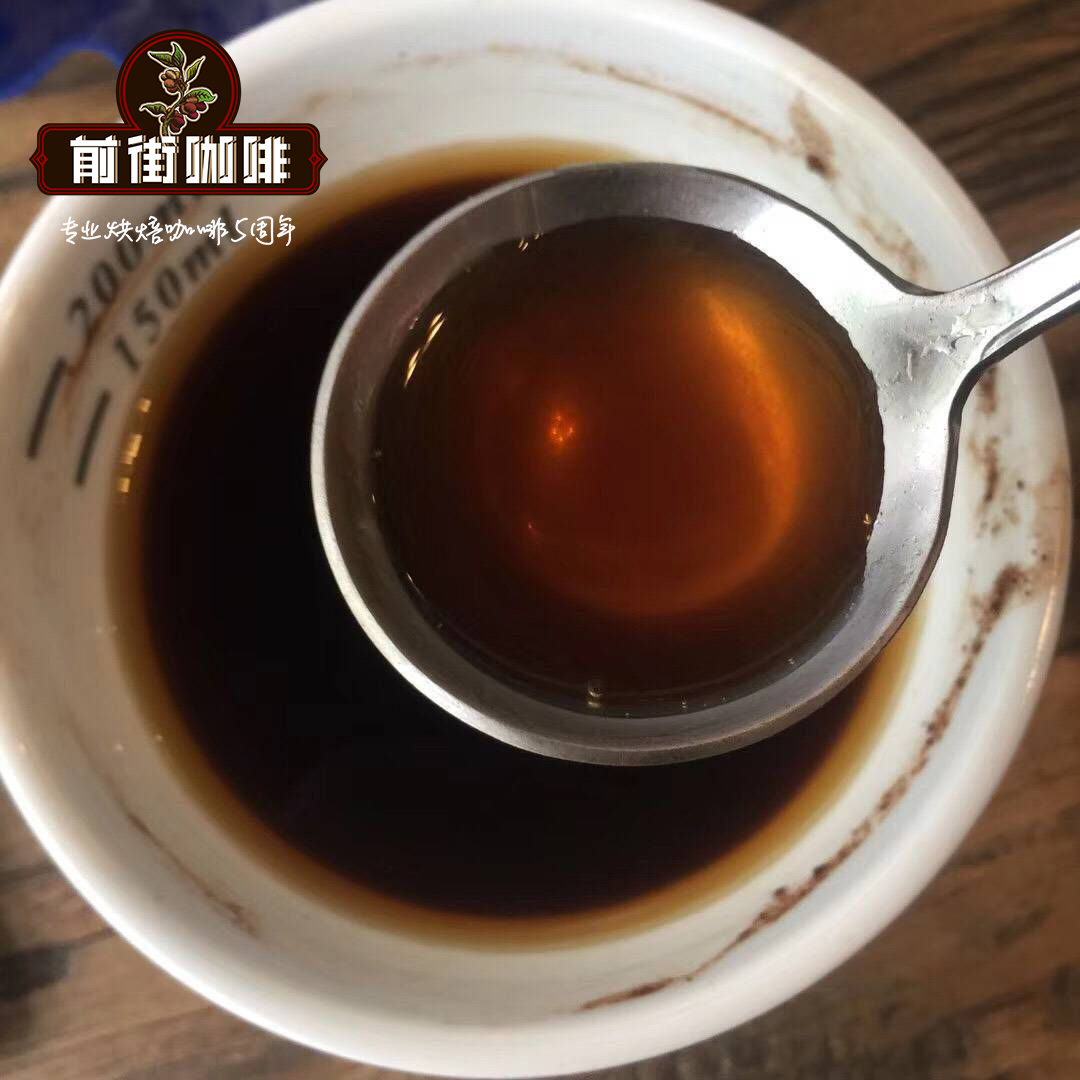What are the characteristics of Congolese coffee? does the Congolese Veronga Coffee Company recommend Congolese coffee?

Professional coffee knowledge exchange more coffee bean information please follow the coffee workshop (Wechat official account cafe_style)
When it comes to Africa, people's first impressions are: desert, drought, tribe, poverty, mystery and so on. Because of its climatic environment, it has become a paradise for the growth of coffee trees.
The world's first coffee tree was found in the Horn of Africa. Local indigenous tribes often grind the fruit of coffee and knead it with animal fat to make many ball-shaped balls. These indigenous tribes use these coffee balls as precious food for soldiers who are about to go out to battle. At that time, people did not understand what it was all about when coffee eaters showed hyperactivity-they did not know that it was caused by the irritation of coffee. Instead, people regarded it as a religious fanaticism shown by coffee eaters. I think this drink is so mysterious that it has become a special product for priests and doctors.
Coffee is the main cash crop in Angola, the primary export of Burundi and the largest foreign exchange earning industry in Kenya in the past. Ethiopia is known as the "hometown of coffee"; C ô te d'Ivoire occupies an important position in the world in coffee production; Uganda is famous for its production per unit area in Africa.
On the other hand, Congolese coffee retains the rich flavor of wild African beans, with good acidity, smooth mouth and solid thickness.
The second Congolese War, which began in 1998, killed more than 5.4 million people, known as the "World War in Africa". The Congo was devastated, the cultivation of Congolese coffee was also hit hard, and the people had no livelihood.
The cooperative established in 2002 linked small coffee farmers with the international boutique coffee market, which gave coffee farmers hope and immediately brought positive local development, building residential houses and basic public facilities. by 2014, it had grown from 263 members to 5300, with an acreage of 10000 mu, more than 20 per cent of whom were women, many of whom were widows.
Various nutrients from raw coffee beans are thermally degraded into various odor molecular structures under baking, producing flavors similar to those of various aromas. Good coffee beans are naturally rich in aroma, and in high temperature, medium temperature, low temperature, there will be a variety of natural aroma changes, very pleasant, worthy of careful taste.
North Kivu province of Congo (Congo) (Nord-Kivu) provides good conditions for coffee production, with rich Rain Water, high altitude and fertile volcanic soil. The Mutendero processing plant belongs to the Virunga Coffee Company Coffee Company, which operates deeply in North Kivu; within three years, three agronomists were brought in to help local farmers improve their planting, help 2300 coffee farmers obtain organic certification, and cultivate more than 400000 coffee seedlings for distribution to farmers to increase production and improve the quality of the area.
Under the operation of attaching importance to quality, the processing plant owned by Veronga Coffee Company won the Congo champion of the 2014 AFCA Coffee Raw Bean Competition, won the runner-up in 2017, and won 3 seats in the top 5, with excellent quality!
Bourbon, a variety of Arabica coffee, is one of the varieties closest to the original species, which was found in Reunion (formerly Bourbon) near Madagascar. Bourbon species has its own characteristics, and Typica (Tibica) has the same high-quality taste, like red wine sour taste, sweet finish. Tibica and bourbon can be distinguished by the leaves and bean appearance of coffee trees. Bourbon leaves are wider, strong coffee cherries are smaller and denser, so bean appearance is compared to Tibica.
[washing method] Washed / Wet Processed
After removing the peel and pulp, soak in water in the fermentation tank to ferment, remove the residual pectin mucosa on the inner pericarp, then rinse with water and dry with sunlight or machine, with the rich acidity of one of the fine coffee conditions. It is small and round.
Qianjie Coffee is recommended to brew Congolese coffee with 86-88 degrees of water, which is mellow and a little wild.
Qianjie coffee: Guangzhou bakery, the store is small but a variety of beans, you can find a variety of unknown beans, but also provide online store services. Https://shop104210103.taobao.com
Important Notice :
前街咖啡 FrontStreet Coffee has moved to new addredd:
FrontStreet Coffee Address: 315,Donghua East Road,GuangZhou
Tel:020 38364473
- Prev

What is the method of coffee processing in Rwanda? Introduction of Kinazi Coffee processing Plant in Rwanda
For more information on coffee beans, please follow the Coffee Workshop (official Wechat account cafe_style) once upon a time, coffee was handled differently from farm to farm, with beans from different farms gathered and mixed with neighboring ones. After the genocide, the country began to open up to accept foreign aid, and revitalizing the coffee industry has become the country's top priority. So
- Next

Congo Kahondo Kahondo processing plant introduced how to drink Congolese coffee?
Professional coffee knowledge exchange more coffee bean information Please follow Coffee Workshop (Wechat official account cafe_style) as the birthplace of coffee, Africa is a land covered with game beans, the African continent is well-deserved to produce some of the world's top coffee. African beans have a unique aroma, wild taste, mostly with a touch of sour red wine, such as Ethiopia's Mocha (
Related
- Detailed explanation of Jadeite planting Land in Panamanian Jadeite Manor introduction to the grading system of Jadeite competitive bidding, Red bid, Green bid and Rose Summer
- Story of Coffee planting in Brenka region of Costa Rica Stonehenge Manor anaerobic heavy honey treatment of flavor mouth
- What's on the barrel of Blue Mountain Coffee beans?
- Can American coffee also pull flowers? How to use hot American style to pull out a good-looking pattern?
- Can you make a cold extract with coffee beans? What is the right proportion for cold-extracted coffee formula?
- Indonesian PWN Gold Mandrine Coffee Origin Features Flavor How to Chong? Mandolin coffee is American.
- A brief introduction to the flavor characteristics of Brazilian yellow bourbon coffee beans
- What is the effect of different water quality on the flavor of cold-extracted coffee? What kind of water is best for brewing coffee?
- Why do you think of Rose Summer whenever you mention Panamanian coffee?
- Introduction to the characteristics of authentic blue mountain coffee bean producing areas? What is the CIB Coffee Authority in Jamaica?

